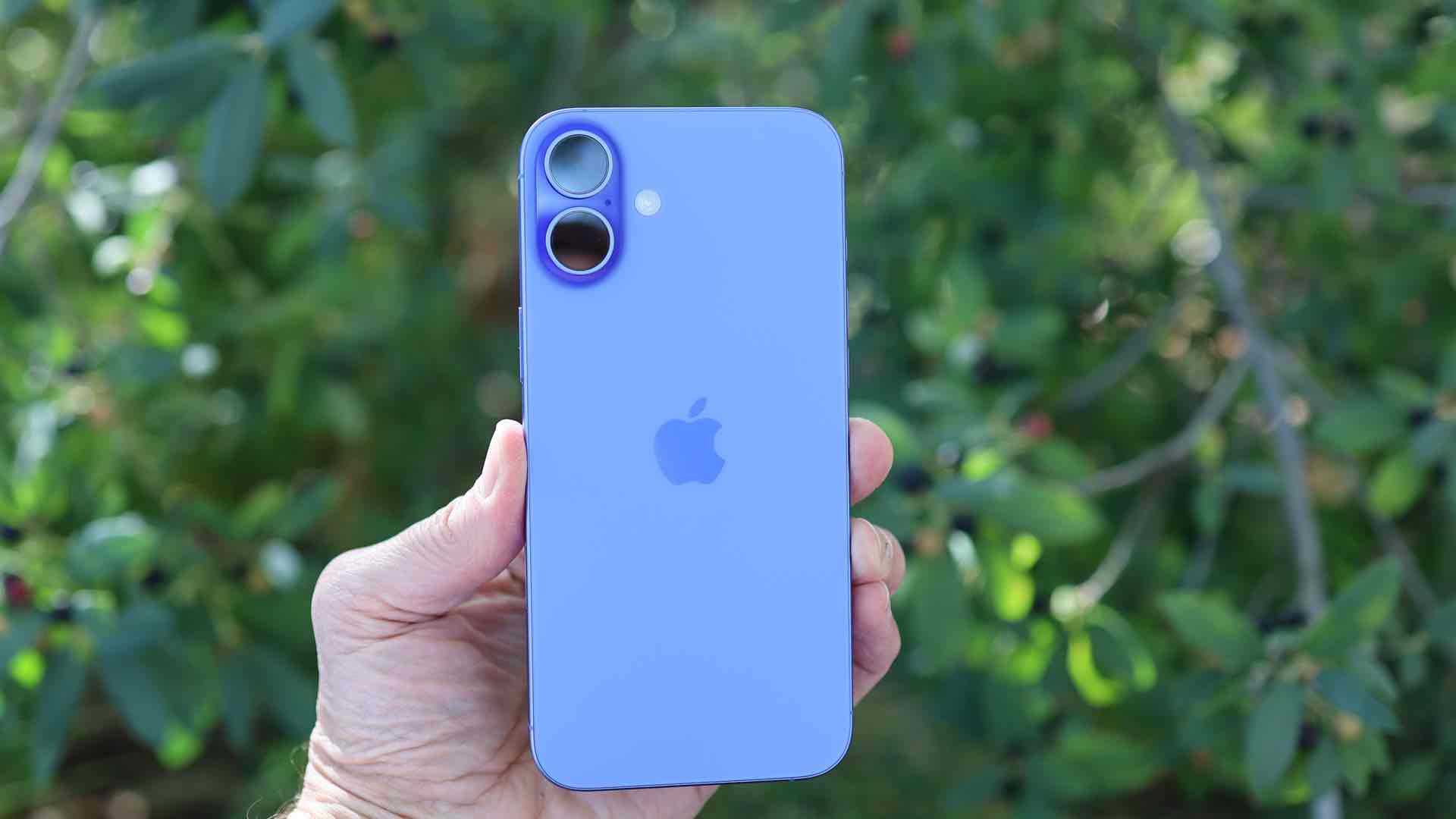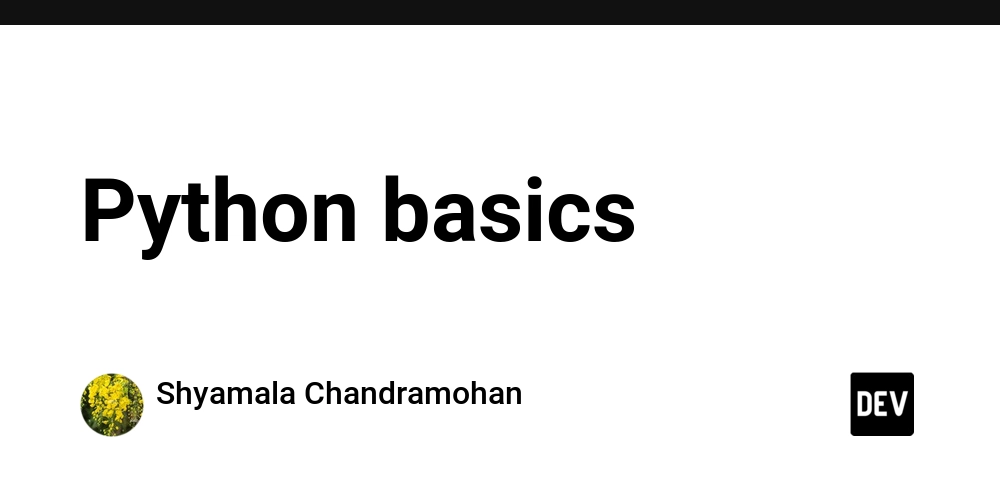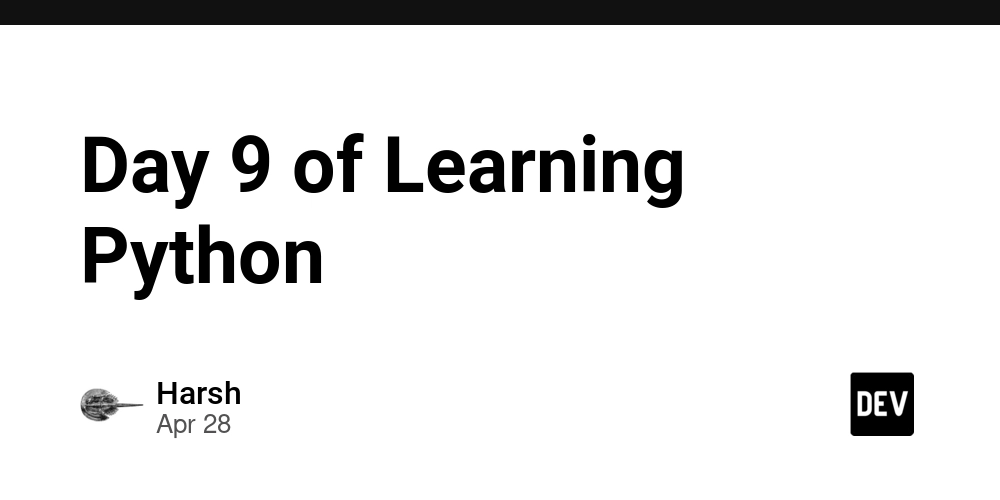Keeping It Clean: Organizing Minikube Projects with Kubernetes Namespaces
Keeping It Clean: Organizing Minikube Projects with Kubernetes Namespaces When I first started experimenting with Kubernetes during the COVID shutdown of America, using Minikube on my local Linux laptop, my primary goal was simple: just get it running. I wanted to see containers spin up, web apps load, and monitoring tools like Grafana and Prometheus show colorful dashboards. And it worked—for a while. As a seasoned administrator and developers I knew better but, I wanted to see what I could glean from my own findings, in addition to what I was doing at work. But as my experimentation grew into more complex projects, I started running into a wall: my cluster was messy. The Problem: Everything Was in One Basket Initially, I deployed everything into the default namespace. It seemed convenient at the time—after all, Minikube doesn’t require you to think about namespaces when you’re just getting started. Over time, though, things got tangled: Prometheus components were scattered across namespaces. Web apps, databases, and monitoring tools were stepping on each other. I couldn't tell which resources belonged to what project. Cleaning up and troubleshooting became a nightmare. The Revelation: Namespaces Are Not Optional I realized that clean architecture starts with namespaces. Namespaces allow you to isolate your components logically and operationally: web: for web applications database: for databases monitoring: for tools like Grafana and Prometheus devops: for CI/CD components like Jenkins This organization not only brings clarity but also makes it easier to: Apply RBAC policies Clean up projects without risking unrelated resources Restart or rebuild environments independently Step 1: Cleanup I decided to clean up my Minikube environment completely, retaining only what was essential: Deleted all user-created namespaces: kubectl delete namespace web database prometheus Cleaned up leftover Prometheus and Helm resources in the default namespace: kubectl get configmap,secrets,serviceaccounts -n default | grep prometheus kubectl delete serviceaccount prometheus-grafana prometheus-kube-prometheus-alertmanager \ prometheus-kube-prometheus-operator prometheus-kube-prometheus-prometheus \ prometheus-kube-state-metrics prometheus-prometheus-node-exporter -n default Verified only Minikube system namespaces remained: kubectl get namespaces Output: default kube-node-lease kube-public kube-system kubernetes-dashboard monitoring (for Grafana) Step 2: Planning for the Future Going forward, every component will live in its own namespace: Grafana stays in monitoring Prometheus will be reinstalled in a clean prometheus namespace Future apps like web1, web2, and web3 will get their own namespaces This structure makes it far easier to maintain and scale your Kubernetes environment, even when working locally with Minikube. Final Thoughts What started as a fun experiment quickly turned into a lesson in Kubernetes best practices. If you’re serious about learning Kubernetes and DevOps, you should adopt clean practices early. Start with clear naming conventions, separate namespaces, and regular cleanup. Because the only thing worse than a crashed pod is a cluster where you don’t know why it crashed—or even who it belonged to.

Keeping It Clean: Organizing Minikube Projects with Kubernetes Namespaces
When I first started experimenting with Kubernetes during the COVID shutdown of America, using Minikube on my local Linux laptop, my primary goal was simple: just get it running. I wanted to see containers spin up, web apps load, and monitoring tools like Grafana and Prometheus show colorful dashboards. And it worked—for a while. As a seasoned administrator and developers I knew better but, I wanted to see what I could glean from my own findings, in addition to what I was doing at work.
But as my experimentation grew into more complex projects, I started running into a wall: my cluster was messy.
The Problem: Everything Was in One Basket
Initially, I deployed everything into the default namespace. It seemed convenient at the time—after all, Minikube doesn’t require you to think about namespaces when you’re just getting started. Over time, though, things got tangled:
- Prometheus components were scattered across namespaces.
- Web apps, databases, and monitoring tools were stepping on each other.
- I couldn't tell which resources belonged to what project.
Cleaning up and troubleshooting became a nightmare.
The Revelation: Namespaces Are Not Optional
I realized that clean architecture starts with namespaces. Namespaces allow you to isolate your components logically and operationally:
-
web: for web applications -
database: for databases -
monitoring: for tools like Grafana and Prometheus -
devops: for CI/CD components like Jenkins
This organization not only brings clarity but also makes it easier to:
- Apply RBAC policies
- Clean up projects without risking unrelated resources
- Restart or rebuild environments independently
Step 1: Cleanup
I decided to clean up my Minikube environment completely, retaining only what was essential:
- Deleted all user-created namespaces:
kubectl delete namespace web database prometheus
-
Cleaned up leftover Prometheus and Helm resources in the
defaultnamespace:
kubectl get configmap,secrets,serviceaccounts -n default | grep prometheus
kubectl delete serviceaccount prometheus-grafana prometheus-kube-prometheus-alertmanager \
prometheus-kube-prometheus-operator prometheus-kube-prometheus-prometheus \
prometheus-kube-state-metrics prometheus-prometheus-node-exporter -n default
- Verified only Minikube system namespaces remained:
kubectl get namespaces
Output:
default
kube-node-lease
kube-public
kube-system
kubernetes-dashboard
monitoring (for Grafana)
Step 2: Planning for the Future
Going forward, every component will live in its own namespace:
- Grafana stays in
monitoring - Prometheus will be reinstalled in a clean
prometheusnamespace - Future apps like
web1,web2, andweb3will get their own namespaces
This structure makes it far easier to maintain and scale your Kubernetes environment, even when working locally with Minikube.
Final Thoughts
What started as a fun experiment quickly turned into a lesson in Kubernetes best practices. If you’re serious about learning Kubernetes and DevOps, you should adopt clean practices early. Start with clear naming conventions, separate namespaces, and regular cleanup.
Because the only thing worse than a crashed pod is a cluster where you don’t know why it crashed—or even who it belonged to.





































































































































































![[The AI Show Episode 145]: OpenAI Releases o3 and o4-mini, AI Is Causing “Quiet Layoffs,” Executive Order on Youth AI Education & GPT-4o’s Controversial Update](https://www.marketingaiinstitute.com/hubfs/ep%20145%20cover.png)













































































































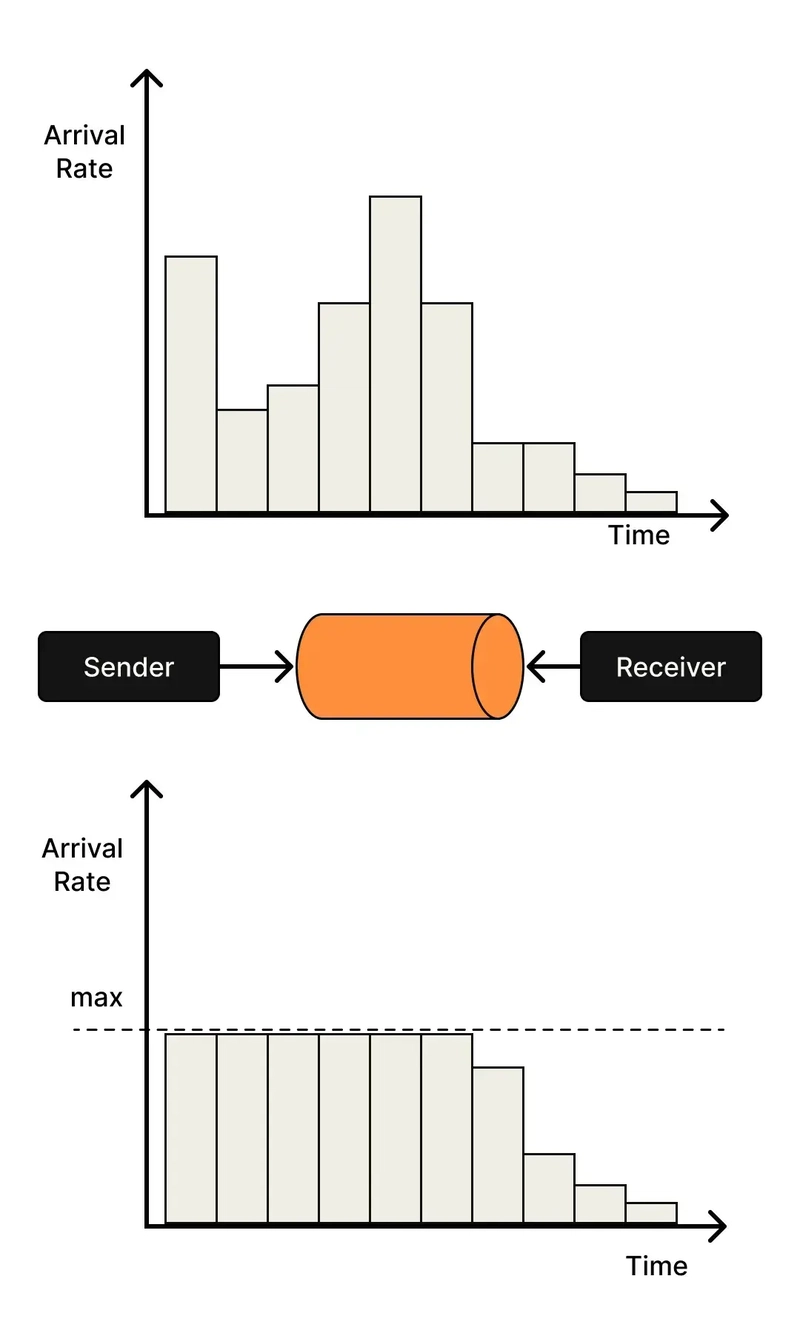













![[DEALS] Microsoft 365: 1-Year Subscription (Family/Up to 6 Users) (23% off) & Other Deals Up To 98% Off – Offers End Soon!](https://www.javacodegeeks.com/wp-content/uploads/2012/12/jcg-logo.jpg)




![From Art School Drop-out to Microsoft Engineer with Shashi Lo [Podcast #170]](https://cdn.hashnode.com/res/hashnode/image/upload/v1746203291209/439bf16b-c820-4fe8-b69e-94d80533b2df.png?#)





















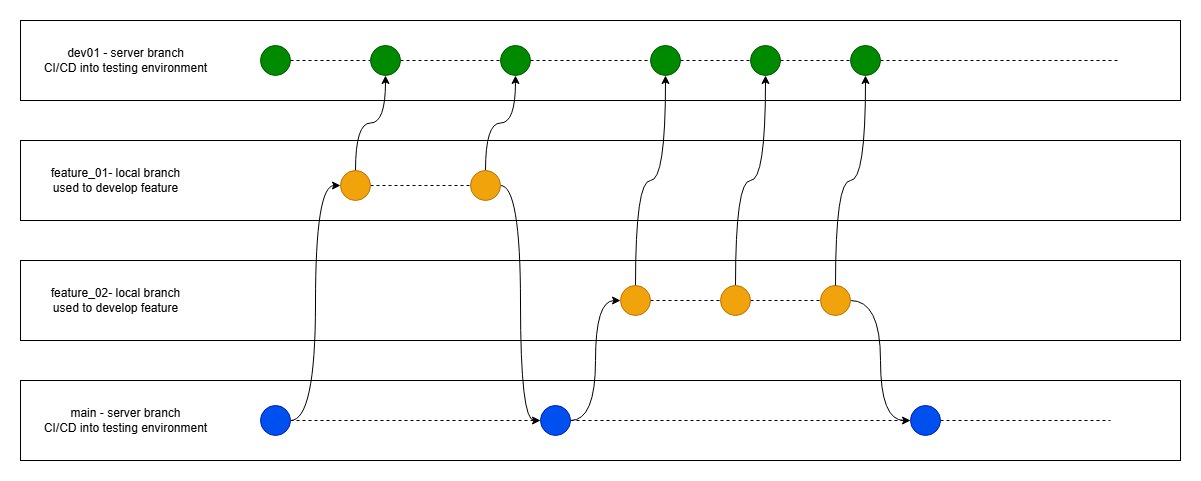




















































































(1).jpg?#)































_Inge_Johnsson-Alamy.jpg?width=1280&auto=webp&quality=80&disable=upscale#)















































































































![New Apple iPad mini 7 On Sale for $399! [Lowest Price Ever]](https://www.iclarified.com/images/news/96096/96096/96096-640.jpg)
![Apple to Split iPhone Launches Across Fall and Spring in Major Shakeup [Report]](https://www.iclarified.com/images/news/97211/97211/97211-640.jpg)
![Apple to Move Camera to Top Left, Hide Face ID Under Display in iPhone 18 Pro Redesign [Report]](https://www.iclarified.com/images/news/97212/97212/97212-640.jpg)
![Apple Developing Battery Case for iPhone 17 Air Amid Battery Life Concerns [Report]](https://www.iclarified.com/images/news/97208/97208/97208-640.jpg)


















